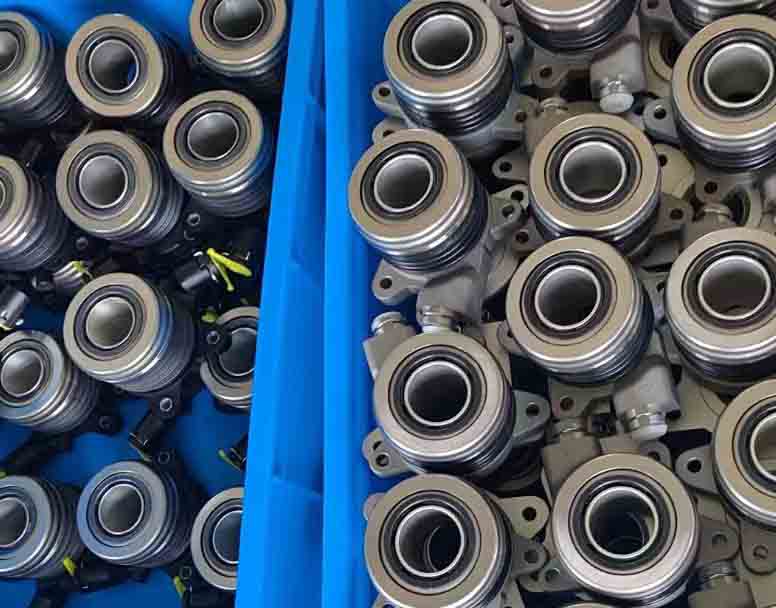Central Slave Cylinder
The clutch system has a central slave cylinder as one of its parts. It has a piston, a spring inside, and a pushrod. The pushrod has a rubber boot on it to protect it from damage from the outside. A release bearing preloads the piston, and a mushroom-shaped bushing on the end of the pushrod reduces wear on the surface. For the hydraulic system to work right, the length of the pushrod is very important.
20 Years Experience in Central Slave Cylinder field.
TS16949 Certification
100% Full Inspection Before Packaging.
Central Slave Cylinder & Pneumatic Release Bearing Supplier & Manufacturer
Provide complete CSC Technical Tech Assistance.
External clutch slave cylinder and Internal slave cylinder .
Make an Enquiry
+ 86-137 5815 0719
Cell / Whatsapp
Central Slave Cylinder
As a clutch hydraulics system, central slave cylinder include external clutch slave cylinder and internal slave cylinder,it belongs to CSC clutch kit with good hydraulic clutch release & hydraulic slave cylinder clutch,we use high quality hydraulic slave cylinder to every our end user. Pls inqury us for hydraulic throwout bearing.
Concentric Slave Cylinder

Central Slave Cylinder Clutch
Central Slave Cylinder
Pneumatic Release Bearing
Clutch Release Bearing
Clutch Disc
Clutch Cover
Belt Tensioner Pulley
Central Slave Cylinder : The Ultimate FAQ Guide
Orient Auto Part assists customers in the installation of central slave cylinder in their clutch hydraulics. We confidently assert that we are the ideal choice for central slave cylinder and professionals who are passionate about hydraulic clutch bearings.
You require Orient Auto Part in which you can place your trust – since our central slave cylinder is extremely important to you. All of our central slave cylinders are of great quality, and they are created by the industry’s leading manufacturer——Orient Auto Part!
Nobody else can compete with our ability to provide high-quality products at reasonable pricing. Good reviews from satisfied customers show what we care about most at Orient Auto Parts – central slave cylinder & good service!
Tag : clutch hydraulics, external clutch slave cylinder, central slave cylinder, internal slave cylinder,CSC clutch kit, hydraulic clutch release, hydraulic slave cylinder clutch, external slave cylinder, hydraulic slave cylinder
